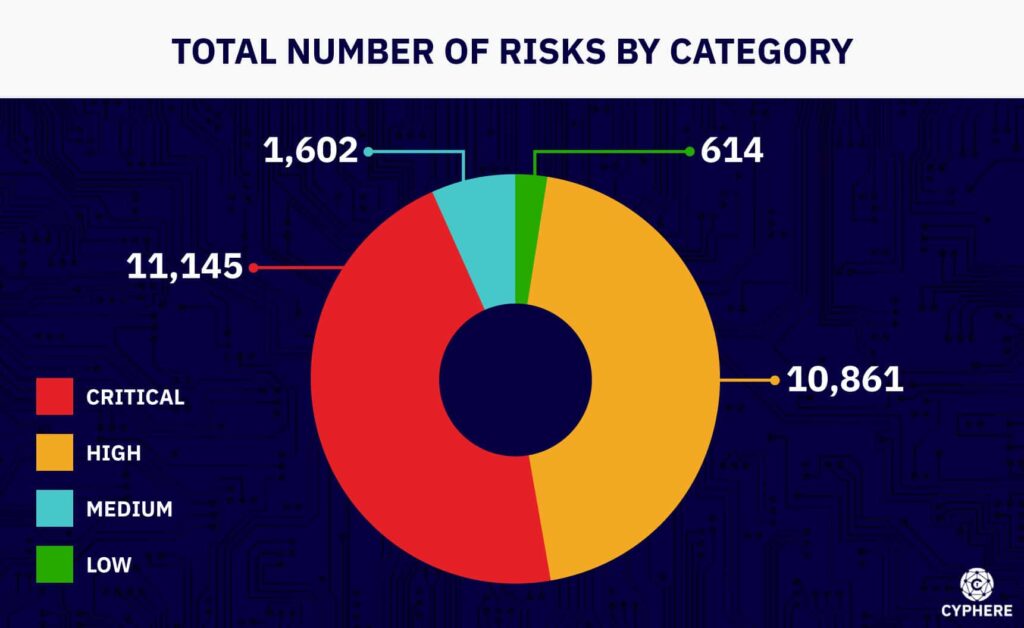For two decades or so now, web applications have been the backbone of many businesses, making their security paramount. Dynamic Application Security Testing (DAST) and penetration testing are crucial for identifying and mitigating security vulnerabilities in web application security. While both aim to enhance application security, they differ significantly in their approach, execution, and outcomes.
This comprehensive guide will explore DAST vs. penetration testing, including DAST scans vs. pen tests and the relationship between SAST, DAST, and pen testing.
Understanding Dynamic Application Security Testing (DAST) vs. Penetration Testing
Let’s start with basic introductions, followed by in-depth comparisons.
What is DAST?
Dynamic Application Security Testing (DAST) is an automated security testing methodology that interacts with a running web application to identify potential security vulnerabilities.
DAST tools simulate real-world attacks by injecting malicious code or manipulating data, focusing on uncovering vulnerabilities that attackers could exploit. DAST evaluates the effectiveness of security controls within the application.
What is Penetration testing?
Penetration testing is a security assessment process by skilled professionals, often called ethical hackers. While comprehensive and carried out by experienced professionals, manual testing can be time-consuming and expensive.
These experts simulate real-world attacks to identify and exploit application, network, or system vulnerabilities. Unlike automated tools, penetration testers use their expertise to conduct in-depth analyses, uncover complex vulnerabilities, and provide a more realistic picture of potential security threats. This approach offers customizable testing scenarios and attempts to exploit identified weaknesses to understand their possible impact on the system.
DAST vs Penetration testing
Understanding the distinctions between DAST and penetration testing is crucial for organizations to make informed decisions about their application security strategy.
Both methods are essential to identify security vulnerabilities in applications. Here’s a detailed comparison:
Level of Automation
- DAST: Highly automated process with minimal human intervention.
- Pen Testing: Manual process carried out by skilled security professionals.
Depth of Analysis
- DAST: Broad but relatively shallow analysis, focusing on known vulnerabilities.
- Pen Testing: Deep, context-aware analysis that can uncover complex and application-specific vulnerabilities.
Frequency of Testing
- DAST: It can run frequently, even daily, due to its automation.
- Pen Testing: Typically conducted less frequently, such as quarterly or annually.
Cost Implications
- DAST: Generally less expensive, with the ability to run multiple scans for a fixed tool cost.
- Pen Testing: Pen testing is more expensive due to the involvement of skilled professionals.
Expertise Required
- DAST: This can be used by individuals with minimal security expertise.
- Pen Testing: Requires highly skilled and experienced security professionals.
Scope of Testing
- DAST: Primarily focused on web applications and APIs.
- Pen Testing: Can cover a broader range of systems, including networks, applications, and physical security.
Vulnerability Exploitation
- DAST: Identifies vulnerabilities but does not typically attempt exploitation.
- Pen Testing: Often includes attempts to exploit identified vulnerabilities to assess potential impact.
Customization
- DAST: Limited customization options, relies on predefined test cases.
- Pen Testing: Highly customizable, tailored to specific business needs and scenarios.

Secure code is an essential element for business growth
Show your customers and supply chain you can manage application risks with secure coding practices.
False Positives
- DAST: May generate false positives that require manual verification.
- Pen Testing: Less likely to produce false positives due to human verification during the process.
Compliance Support
- DAST: Helps meet some compliance requirements but may not be sufficient.
- Pen Testing: Often required for specific compliance standards and provides more comprehensive compliance support.
Addressing security risks early is crucial to prevent potential exploitation by attackers. Regular security testing helps identify and remediate these risks effectively.
DAST Scan vs. Pen Test: When to Use Each
While both DAST scans and penetration tests aim to identify vulnerabilities, they serve different purposes and are suitable for different scenarios:
When to Use DAST Scans:
- Continuous Integration/Continuous Deployment (CI/CD) pipelines
- Regular security checks throughout the development lifecycle
- Quick vulnerability assessments of web applications and APIs
- Identifying common vulnerabilities in newly developed features
- Compliance with basic security standards
When to Use Penetration Tests:
- Comprehensive security assessments of critical systems
- Evaluating overall security posture and incident response capabilities
- Testing complex, multi-tiered applications with intricate business logic
- Meeting specific regulatory compliance requirements (e.g., PCI DSS, HIPAA)
- Simulating sophisticated, targeted attacks
Cyber Expert’s Take: Future Trends
As the threat landscape evolves, so do the methodologies for application security testing. Industry experts predict several trends, such as:
- Increased automation in penetration testing, with AI-assisted tools augmenting specific human-level tasks.
- Greater integration between SAST, DAST, and penetration testing tools for more seamless workflows.
- Shift-left security practices, with more emphasis on early detection through SAST and integrated DAST.
- Rise of continuous penetration testing services, bridging the gap between automated scans and traditional pen tests.
Are your web applications ready for spin? Our security consultants would be happy to jump on a call and talk. Get in touch, and don’t miss the opportunity to get tips beforehand!
Integrating SAST, DAST, and Pen Testing to identify and address security vulnerabilities
To start with, let’s catch up on what each of the SAST, DAST, and penetration testing mean:
- SAST provides early detection of vulnerabilities in the development process.
- DAST offers continuous, automated testing of running applications.
- Penetration testing delivers in-depth, context-aware security assessments.
To achieve robust application security, organizations should consider integrating all three methodologies:
- Use SAST early in development to catch coding errors and potential vulnerabilities.
- Implement DAST as part of the CI/CD pipeline to identify runtime vulnerabilities throughout development.
- Conduct periodic penetration tests to simulate real-world attacks and uncover complex vulnerabilities.
This multi-layered approach ensures that vulnerabilities are caught at various application lifecycle stages, providing a more comprehensive security posture.
Get in touch to schedule a conversation about the right technique, your application security maturity and free improvement session to gain context-specific advice.
FAQ
Is Pentest a DAST?
No, a penetration test is not DAST. Pentesting is a manual, in-depth security assessment conducted by skilled professionals, while DAST is an automated scanning process for web applications.
They are complementary methods, with pen testing offering a deeper analysis and DAST providing a faster, broader overview.
What is the difference between DAST, SAST, and penetration testing?
SAST analyzes source code statically, DAST tests running applications dynamically, and penetration testing is a manual, comprehensive assessment that simulates real-world attacks.
What are the tools used for DAST & penetration testing?
DAST uses automated scanners like OWASP ZAP or Net Sparker. At the same time, penetration testing employs a variety of tools, including Metasploit, Nmap, Nessus, custom scripts, and tools that exploit codes alongside manual techniques.
It’s important to note that tools are just one part of the equation. Penetration testing relies heavily on the expertise and creativity of the security professionals conducting the test.
What are the limitations of DAST?
DAST’s main limitations include potential false positives, focus on known vulnerabilities, and inability to understand complex application logic or context-specific issues.
DAST is a valuable tool but shouldn’t be the only line of defence. Penetration testing methods can help address these limitations by providing a more in-depth analysis.














